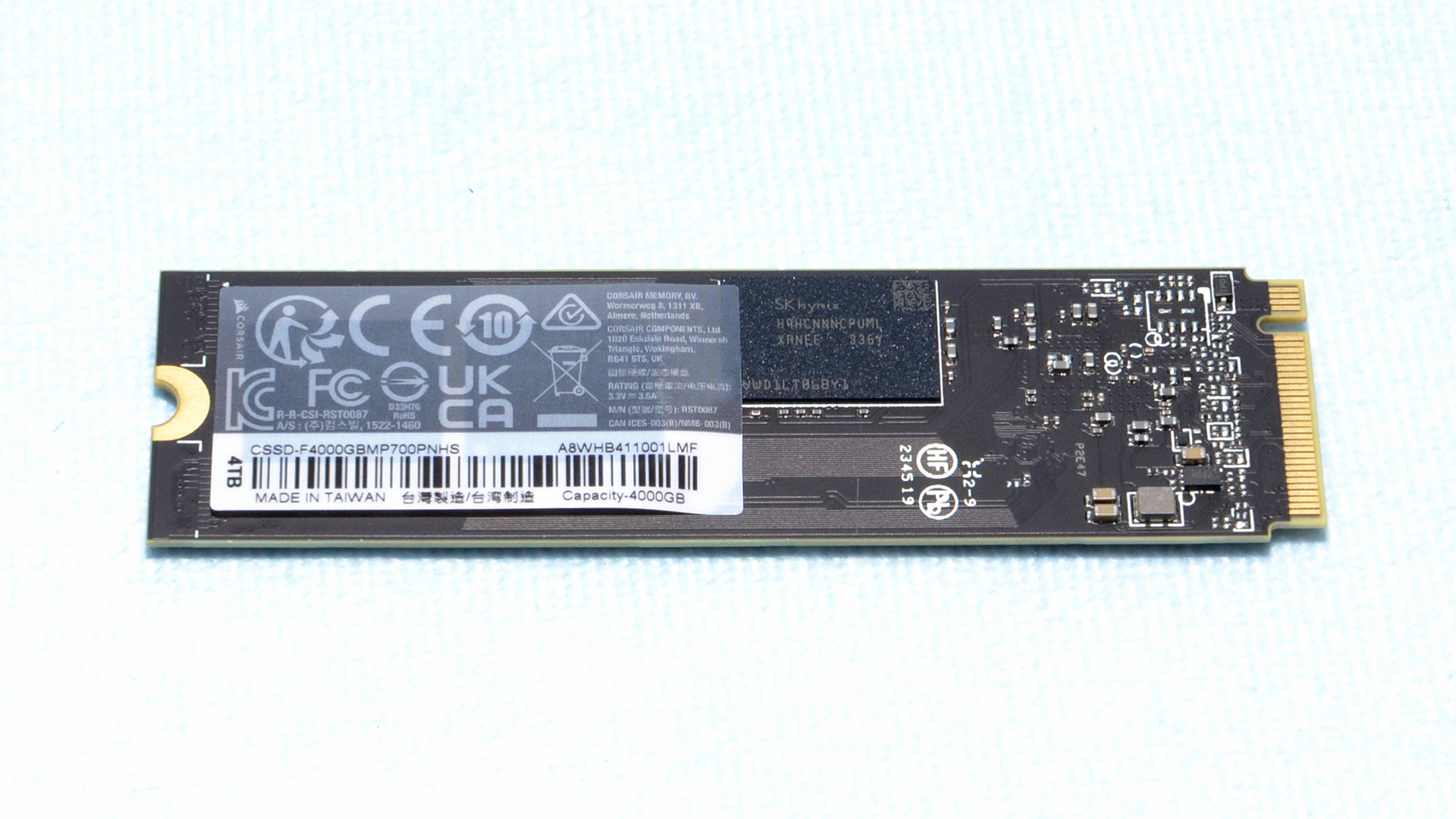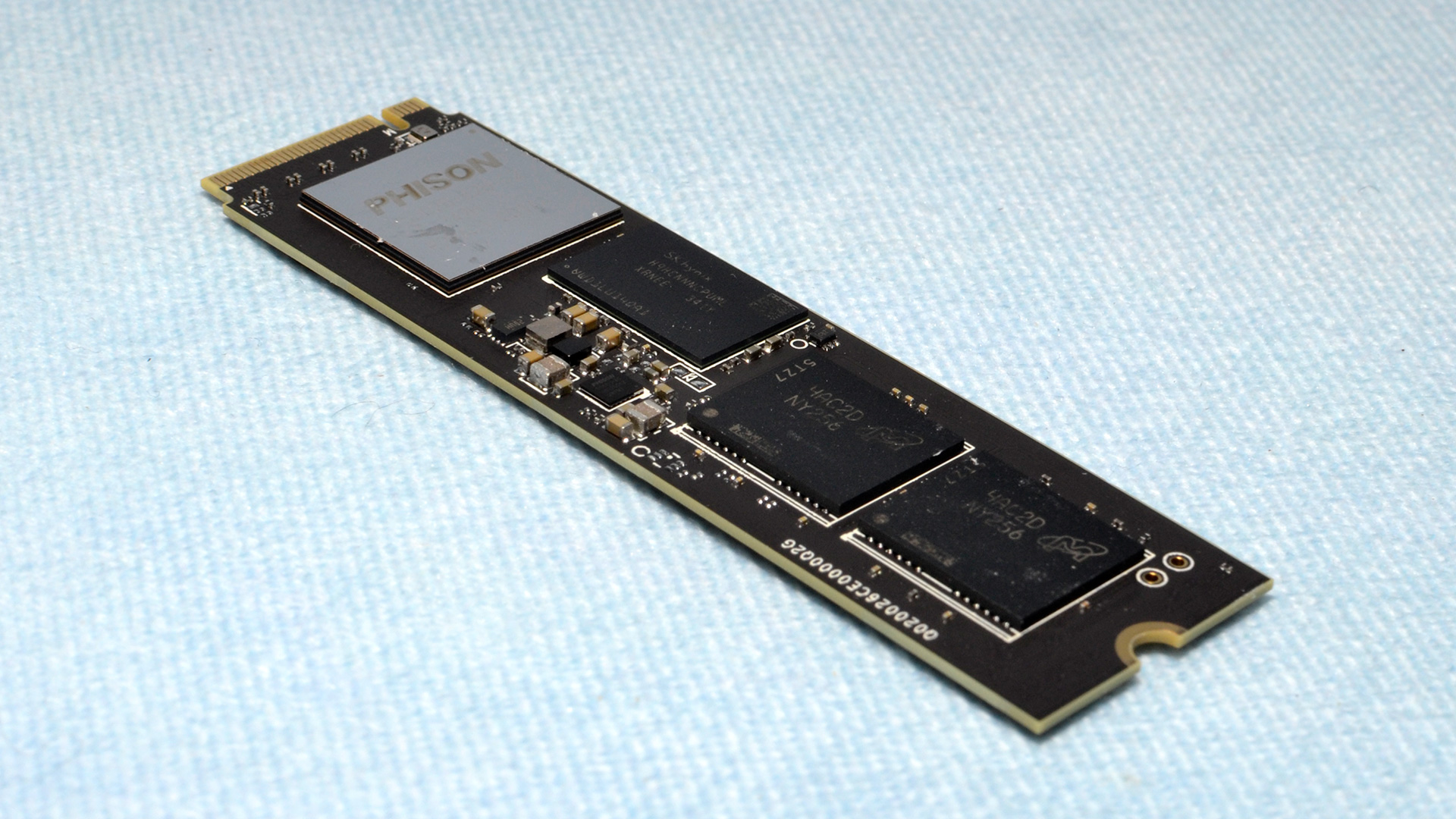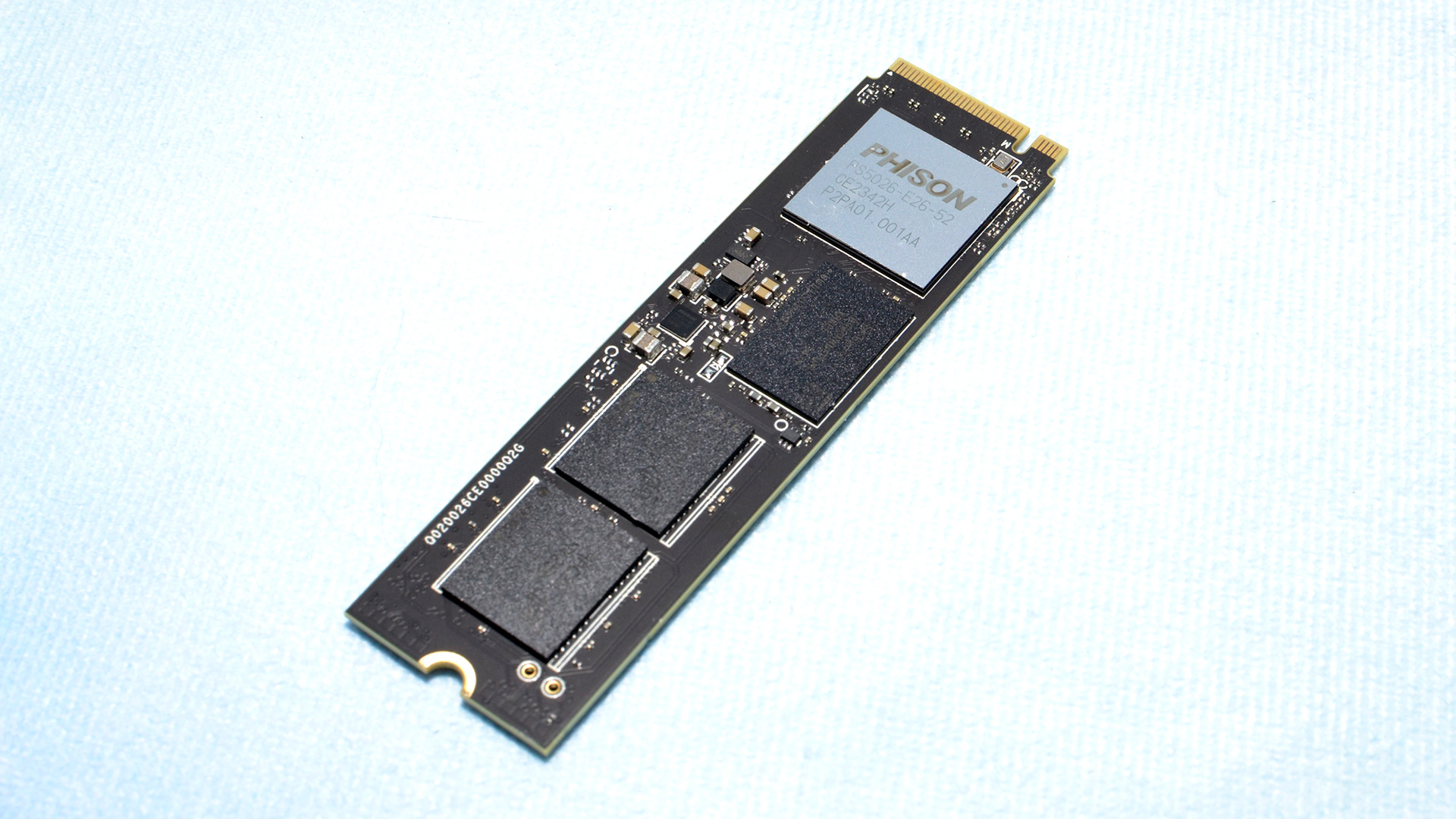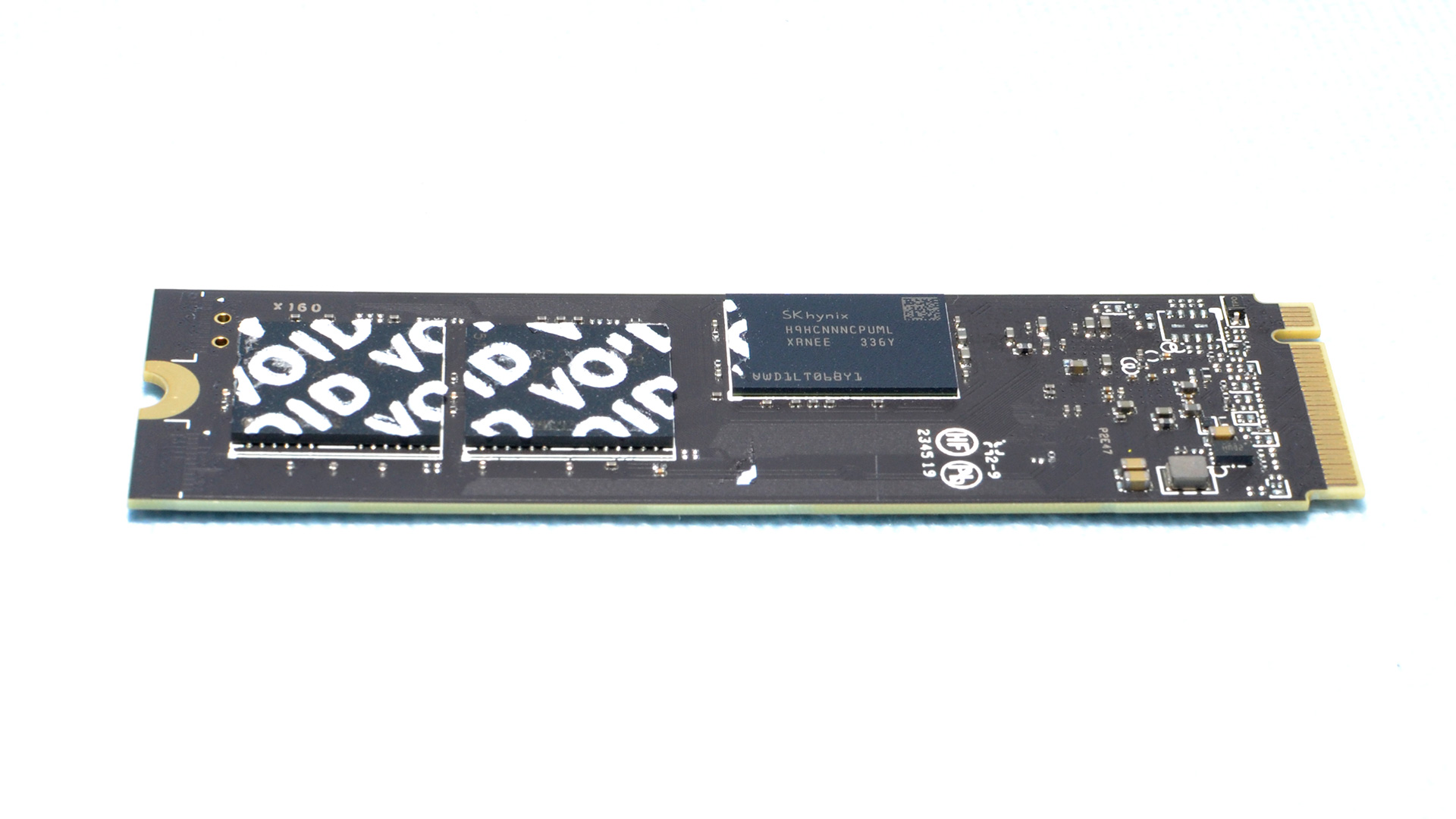Tom’s Hardware Verdict
The Corsair MP700 Pro SE is Corsair’s second generation PCIe 5.0 SSD, this time making full use of the interface. It’s faster and Corsair offers multiple SKUs to keep everybody happy, but the drive breaks no new barriers.
Top notch all around performance
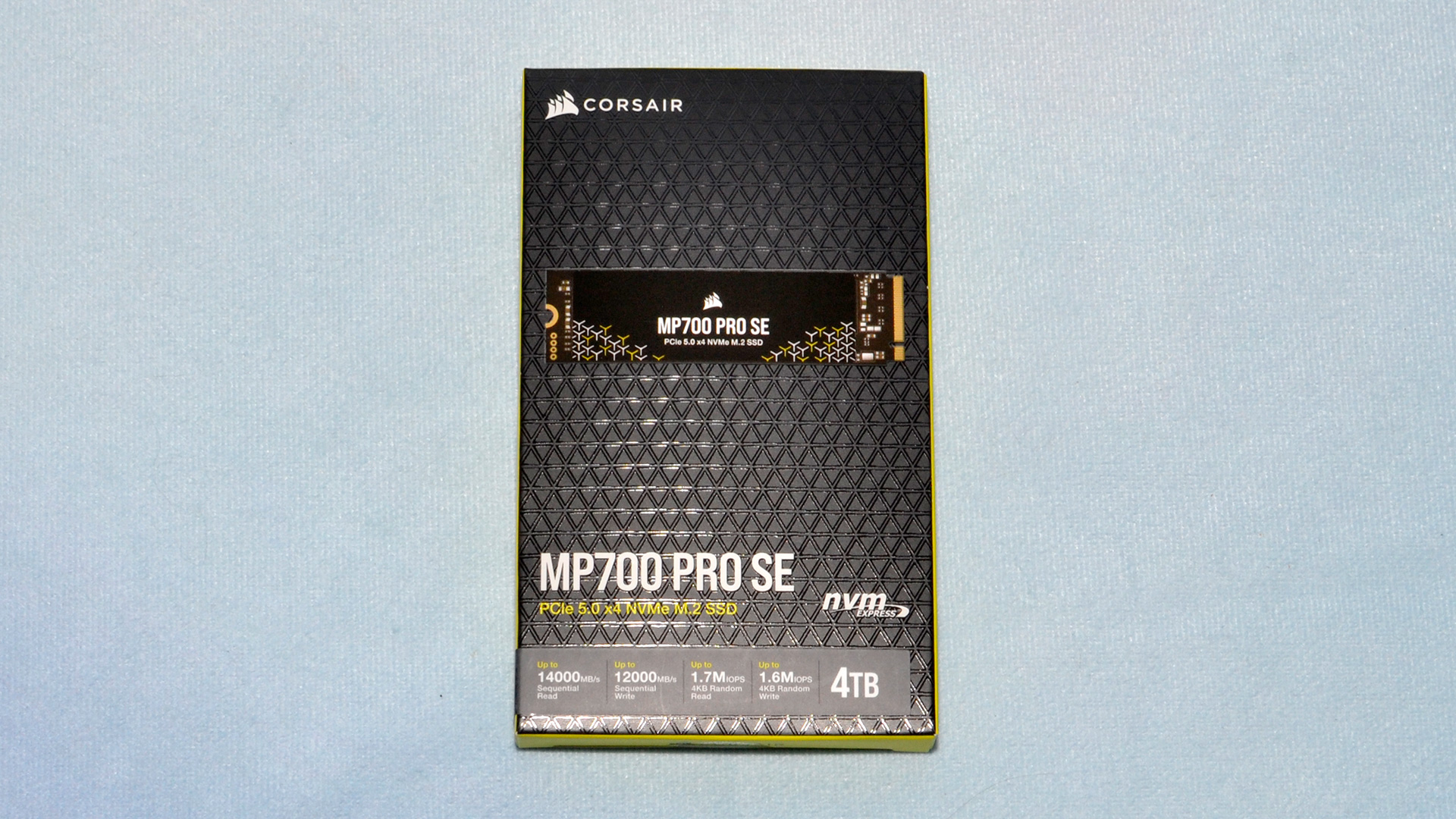
Good sustained write performance
High power consumption
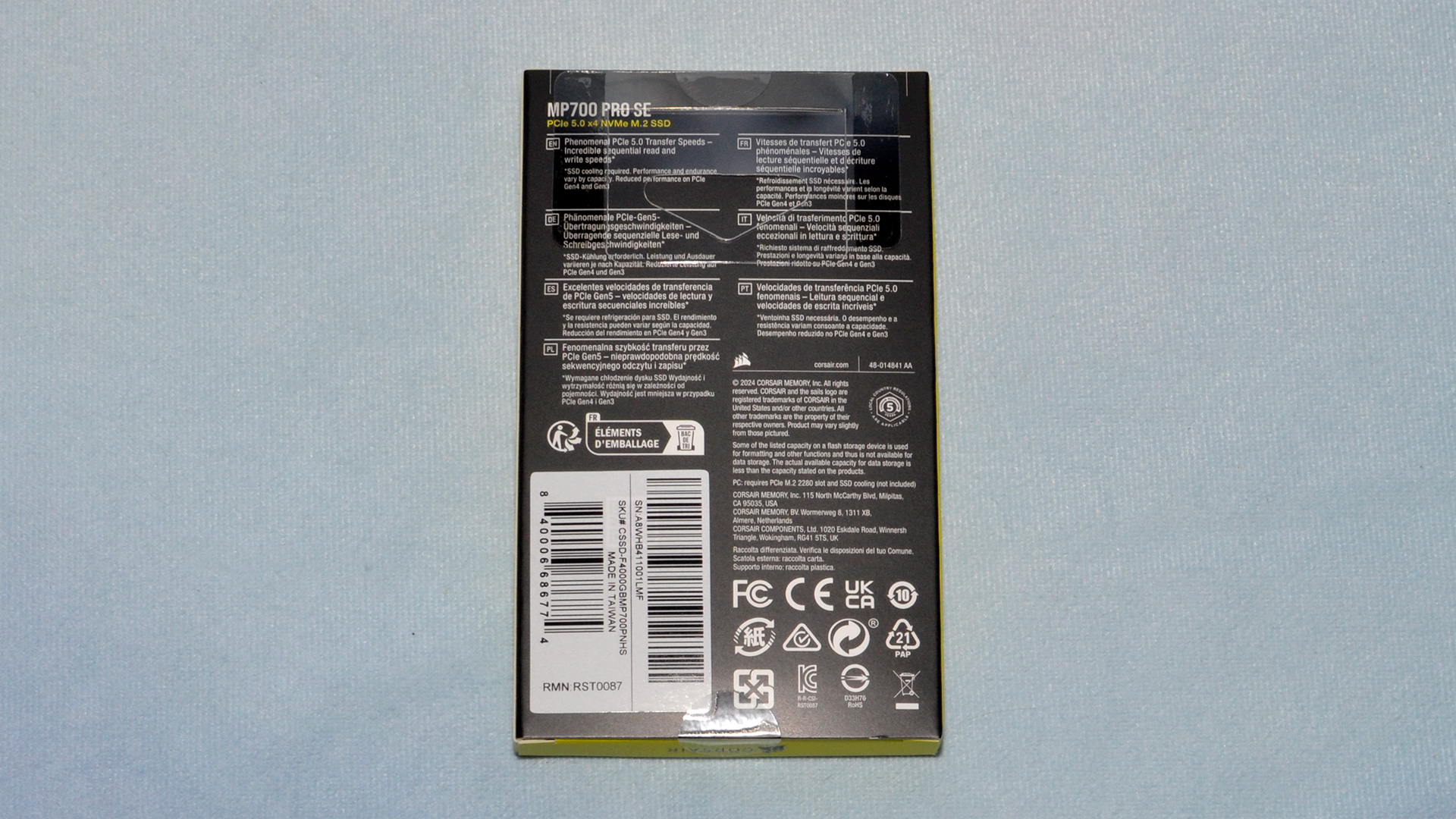
High cost
Why you’re able to trust Tom’s HardwareOur expert reviewers spend hours testing and comparing products and services so you can choose the best for you.Find out more about how we test.
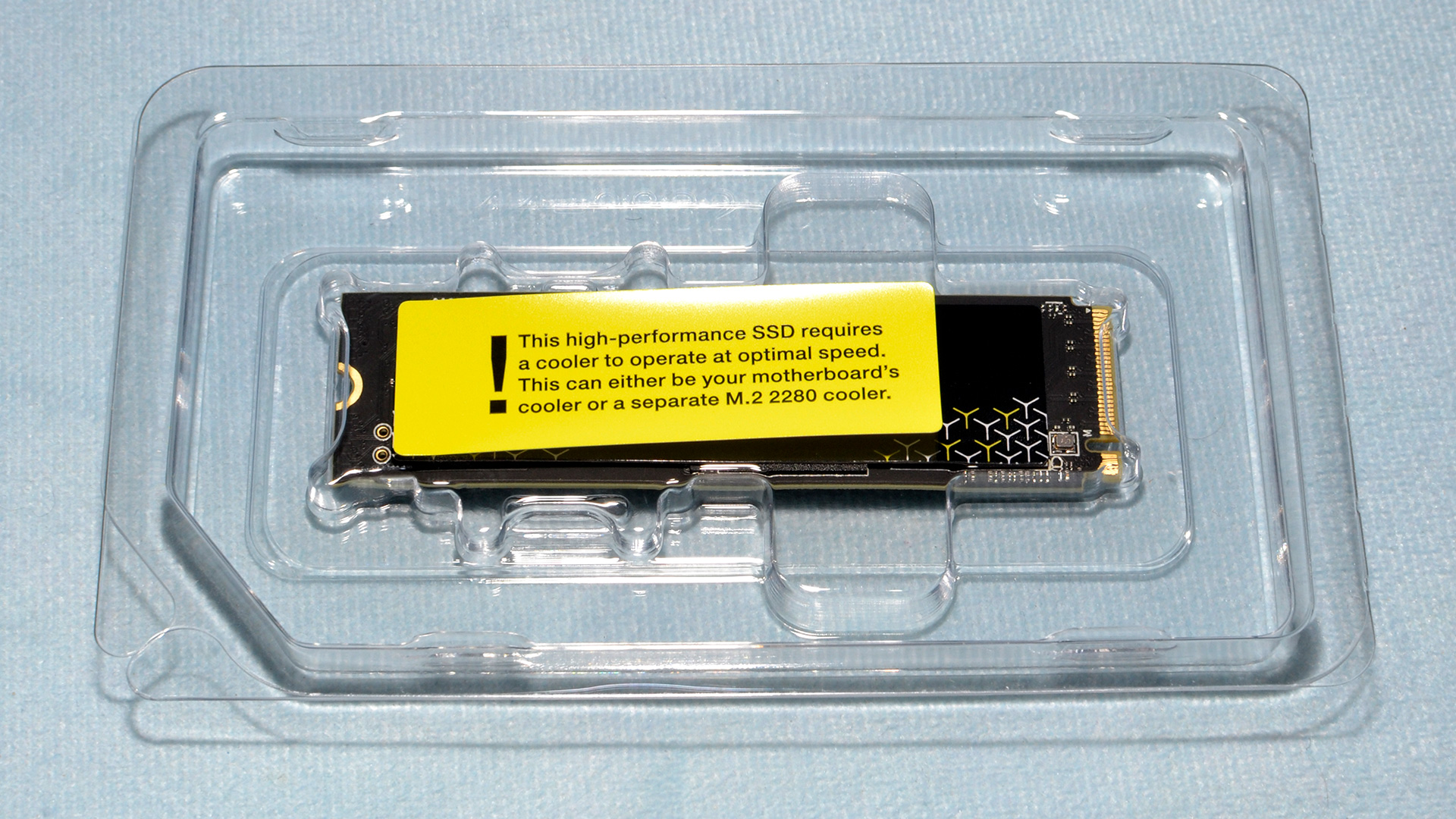
Features and Specifications
Corsair apparently decided that theMP700 Projust isn’t good enough — no, it’s time for more power, and that arrives in the form of the new and improved Corsair MP700 Pro SE. Although this drive has the same base hardware as the previously released, slower sibling, the controller and flash are pushed to their maximum potential to get every ounce out of a PCIe 5.0 M.2 slot. This lets it rival insanely fast drives like theCrucial T705, one of thebest SSDs. Would you like your drive bare, with a powerful heatsink, or with the added feature of liquid cooling? The MP700 Pro SE offers all three options.Corsair was one of the first to deliver a high-end PCIe 5.0 SSD to retail with its MP700 Pro, which is not surprising as the company prides itself on providing the types of drives PC enthusiasts want. That cutting-edge product had a few missteps, with Corsair juggling its production schedule — and then out came reports of similar drivesthrottlingor evencrashingwhen reaching high temperatures. Corsair was quick to fix the problem and we tested the new firmware on that drive, updating the original review and discovering that Phison — the controller designer — had a trick up its sleeve for graceful throttling. These drives still need cooling of some sort, but there’s less to worry about now, even in extreme situations, and that also applies to the MP700 Pro SE.Phison and Corsair weren’t happy with just 10 GB/s, however, and even theCrucial T700’s12 GB/s left performance on the table with the PCIe 5.0 interface. Careful research and development by Phison resulted in theMax14um platformthat pushes drives to over 14 GB/s, pulling power at the edge of what’s desirable from current M.2 slots. Now, Corsair steps up to the plate with its MP700 Pro SE, catching up to drives like theSabrent Rocket 5. Corsair stands apart by offering multiple SKUs, including an option for a heatsink on the drive that’s ready for liquid cooling. If that sounds up your alley, then it’s worth your time to dive into the MP700 Pro SE.
Corsair MP700 Pro SE Specifications
The Corsair MP700 Pro SE comes in 2TB and 4TB capacities only, which is a good choice by the company as it’s not possible to get the most out of this hardware at 1TB. Besides which, what PC enthusiast would be willing to pay the price premium for a PCIe 5.0 drive and then only want 1TB of storage? We have yet to see drives of this caliber at 8TB, but the possibility of that does exist based on what we’ve heard fromSabrent.Corsair offers the MP700 Pro SE in three variants: bare, with a heatsink, and with a liquid-cooling heatsink, though the available flavors depend on the desired capacity. Certain SKUs won’t be available until next month and pricing remains TBD on those. However, some of these SKUs showed up on Newegg via search engines prior to the NDA. The hydro pricing launches at $354.99 and $654.99 for the two capacities, and the latter only adds $20 to the bare SKU MSRP. This means that going with a heatsink or liquid-cooling heatsink is probably a worthwhile investment for the drive, unless you already have something appropriate. For the bare drive, the 2TBSabrent Rocket 5and 4TBCrucial T705are currently less expensive options that should offer the same performance.The MP700 Pro SE has the same maximum performance for both capacities, able to reach up to 14,000/12,000 MB/s for sequential reads and writes and up to 1,700K/1,600K random read and write IOPS. This is par for the course with the hardware, pushing the limits of what’s possible with PCIe 5.0. We might see higher IOPS in future drives like SK hynix’sPlatinum P51, but we’re already approaching the limit for throughput on four PCIe 5.0 lanes.The drive has the standard five-year warranty with 1,400 TBW (TB written) on the 2TB model, and 3,000 TBW for the 4TB drive, both of which are more than sufficient for desktop and workstation use. The drive does support hardware encryption. That’s a more desirable feature on laptops, but some might like that peace of mind even with desktops.
Corsair MP700 Pro SE Software and Accessories
Corsair offers its all-in-one Corsair SSD Toolbox software solution for download. This toolbox provides drive information and S.M.A.R.T. status for health monitoring. The toolbox also has common features including firmware updates, secure wipe, TRIM optimization, cloning, and overprovisioning. If you would prefer to use freely available software, we recommend CrystalDiskInfo and Clonezilla.
Corsair MP700 Pro SE: A Closer Look
We received the bare drive for testing, which is fine for our purposes as we have active cooling available on our SSD test PC. The heatsink variant does have a fan, though as with the heatsinkedSabrent Rocket 5and Crucial T705, connecting the fan is optional — depending on your PC’s airflow. If you get the bare drive, we recommend an aftermarket solution, either a third-partyM.2 heatsink, or a motherboard M.2 heatsink will also do, if it’s designed properly with sufficient surface area.Corsair stands apart from the crowd with its offering of a liquid-cooled SKU. That’s certainly overkill for a device that tops out at around 12W of power use, but if you already have a liquid-cooling loop, it’s a nice extra that would likely be better than dealing with fan noise. Even if you’re not using the M.2 heatsink’s fan, you’ll need decent airflow to keep drives of this caliber from throttling, so in certain ultra-quiet setups the Hydro X model might be the way to go.
Like all the other currently available M.2 PCIe 5.0 SSDs, Corsair utilizes Phison’s E26 controller and Micron’s 232-Layer TLC flash. That will change in the future, though we’ll have to see how the competition fares once it actually launches. (We’ve been waiting to see alternatives from Samsung, SK hynix, SMI, Maxio and others for over a year now.) As with other drives in this class, Corsair pairs the drive with twice the usual DRAM — 2GB per 1TB of NAND flash, rather than the standard 1GB per 1TB. We’ve speculated in the past that this might be a relic of the E26’senterprisebackground.DRAM on SSDs is typically used for metadata, such as mapping data for addressing, rather than write caching. When dealing with I/O as small as 4KiB — a typical cluster size, a physical sector size, and a logical page size for modern SSDs — you require up to 1GB of DRAM per 1TB of NAND flash just for mapping. You can think of it as needing four bytes to address each 4KB of space. It’s possible to get by with less memory when using compression and focusing on the “hottest” data, but the drive’s DRAM may also need to track block information for wear, among other things.The normal ratio works pretty well for an optimized scheme, but using more memory — as is the case on the Phison E26 drives — could be beneficial for sub-4KiB I/O, or it could provide the ability to store other types of metadata to improve performance and/or endurance with enterprise-driven tasks. This isn’t super relevant for day-to-day operations, but if you’re looking for a high-end drive for your HEDT or workstation, or if you can make use of the PCIe 5.0 bandwidth, a drive like this is hard to beat and definitely worth a look.
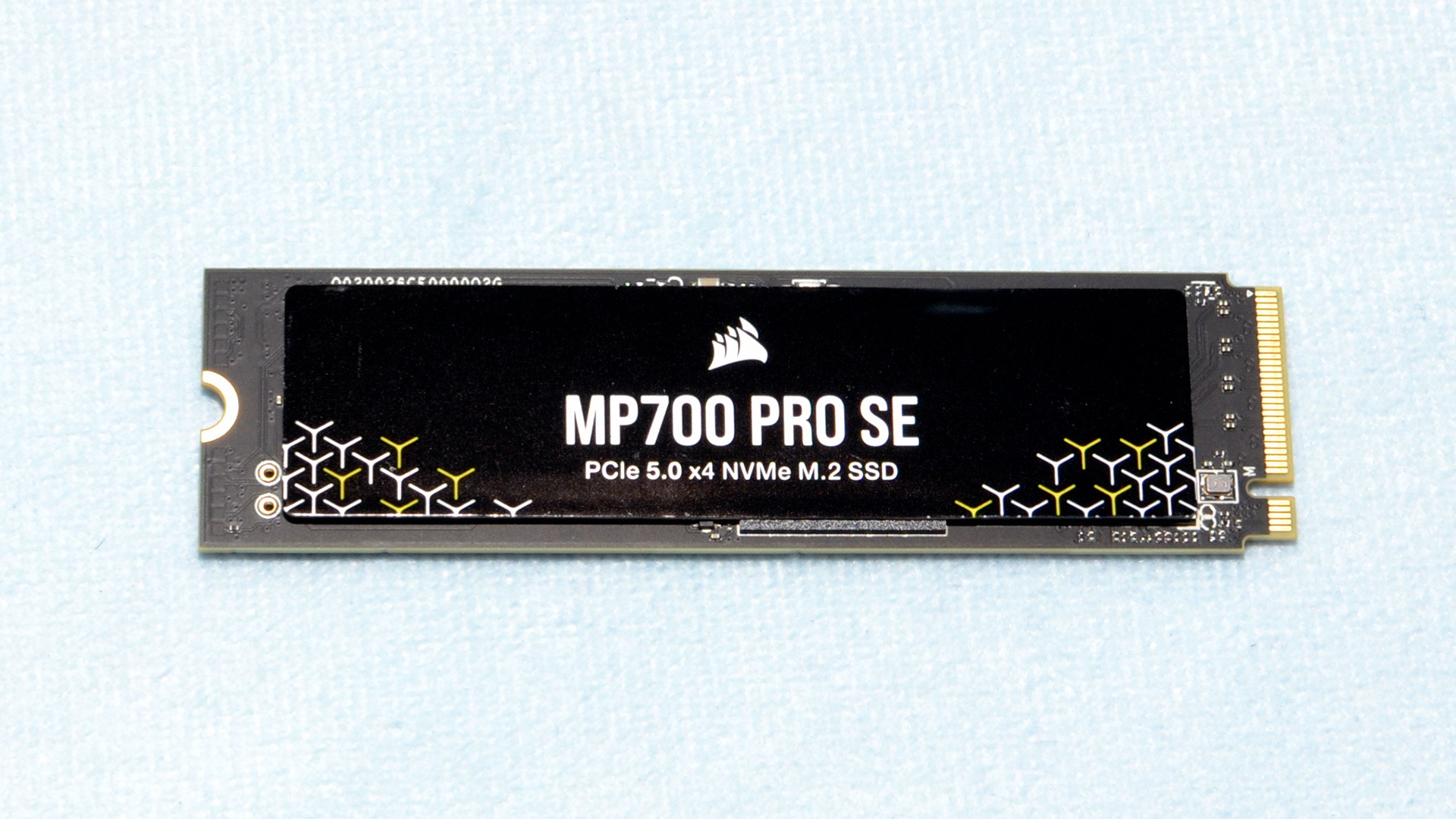
MORE:Best SSD for the Steam Deck
Current page:Features and Specifications
Shane Downing is a Freelance Reviewer for Tom’s Hardware US, covering consumer storage hardware.
